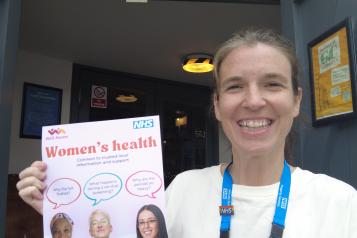Better care in my hands

This is confirmed by new analysis of patient surveys. They are:
- Adults and young people with long term physical and mental health conditions.
- People with a learning disability.
- People over 75 years old.
They have also reported a lack of progress over the last six years in involving people in their care when they are detained under the Mental Health Act. Poor involvement in care is the biggest issue we found in monitoring the use of the Mental Health Act in 2014/15.
There are common problems in health and social care services, which can create a vicious circle of poor involvement particularly for those using different services or using services over a long period of time.
These include:
- Failure to assess and monitor people’s capacity to make decisions about their care and to provide advocacy
- Limited understanding , recording and monitoring of people’s wishes and preferences
- Inadequate family and carer involvement
- Lack of information and explanation of care and support options
Recommendations:
They have found that there are key enablers that services providers, commissioners and their partners can put in place to create an ‘involving culture’ for people using services and we have taken these to develop recommendations below.
For service providers:
We encourage service providers to focus their efforts on ensuring that the following measures are in place:
- Personalised care plans– written with people, for people, with their preferences clearly identified and monitored.
- The sustained and supported involvement of families and carers in the care of their loved ones.
- The coordination of people’s involvement in their care as they move between services
For commissioners:
We encourage commissioners to support this effort by making sure that there is:
- Accessible information about health and care options and treatment or support for people and their families/carers
- Flexible advocacy provision as people use different services
- Coordinated community and peer support to manage care through programmes with voluntary sector partners


